Pete Askew
Admin
Just for interest, here is a walk-through of the process I'm using to create solarised negatives of a Cala Lily.
The images are taken using the DIY camera onto paper negatives. The advantage of this is that this gives a negative with very low sensitivity that allows it to be solarised without totally over-exposing the negative (modern sheet material is just too sensitive).
This is the setup used to take the image - two minutes at f/22.
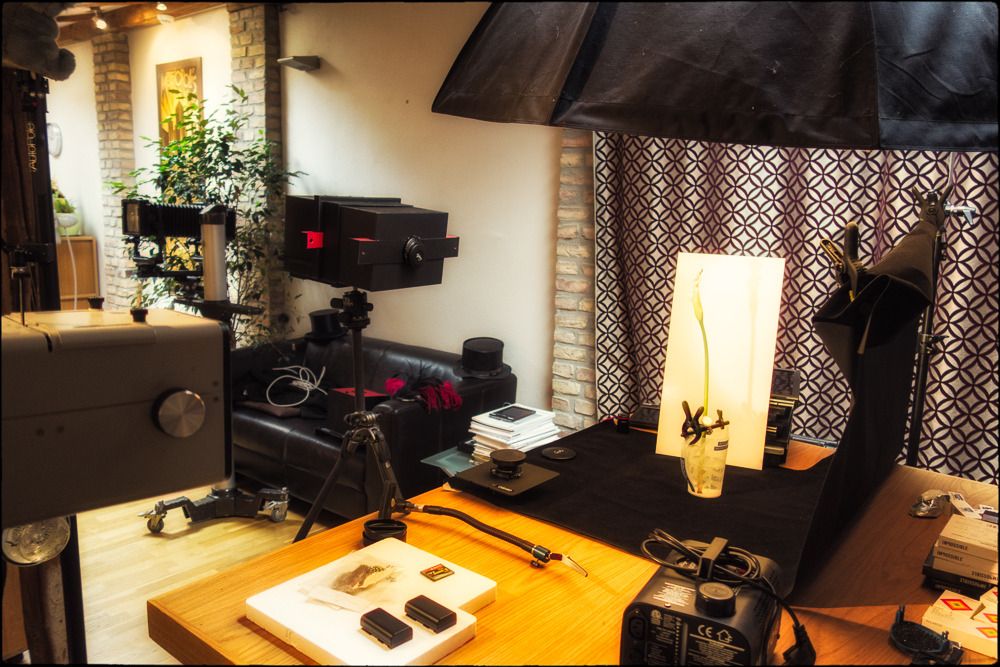
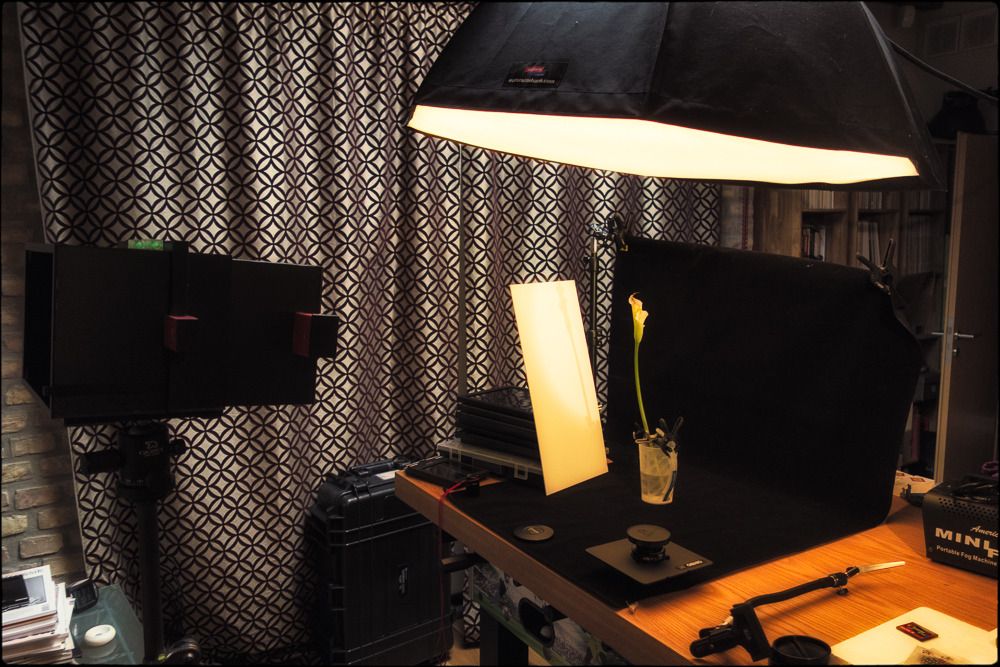
The film was then transferred to the darkroom.
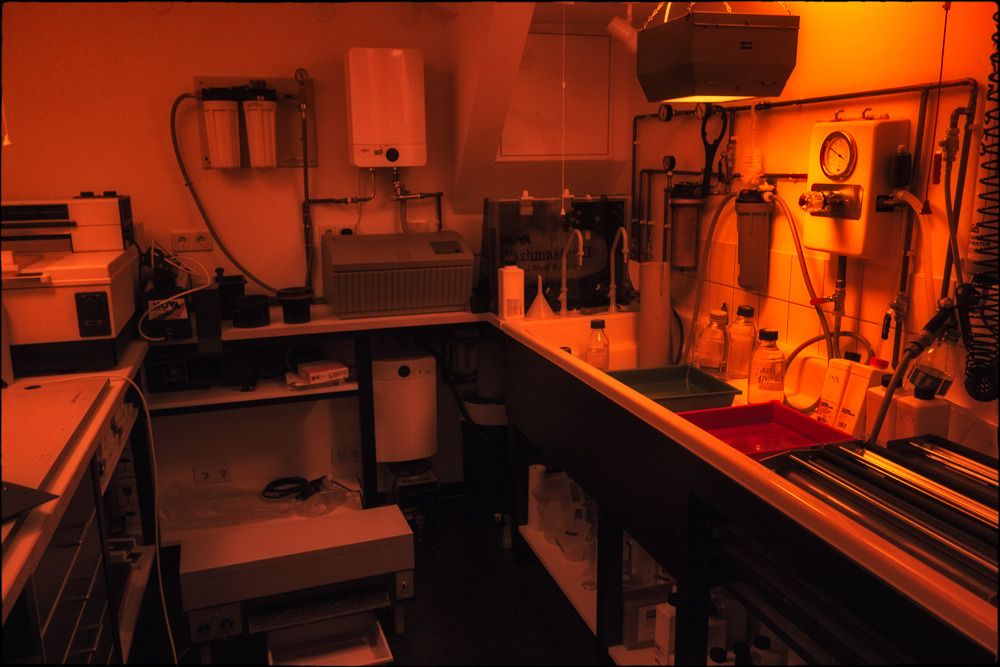
The negative was then developed in an open tray and part way (about 1/3 in this instance) through the process, a small flash was used to re-expose the whole negative in the tray.
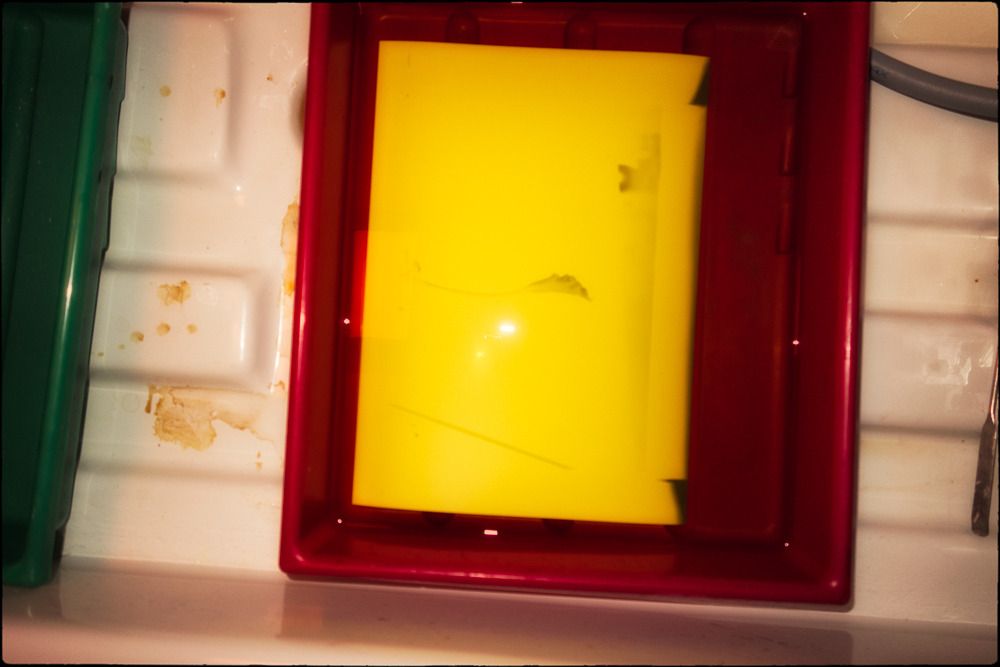
After drying the negative was scanned.
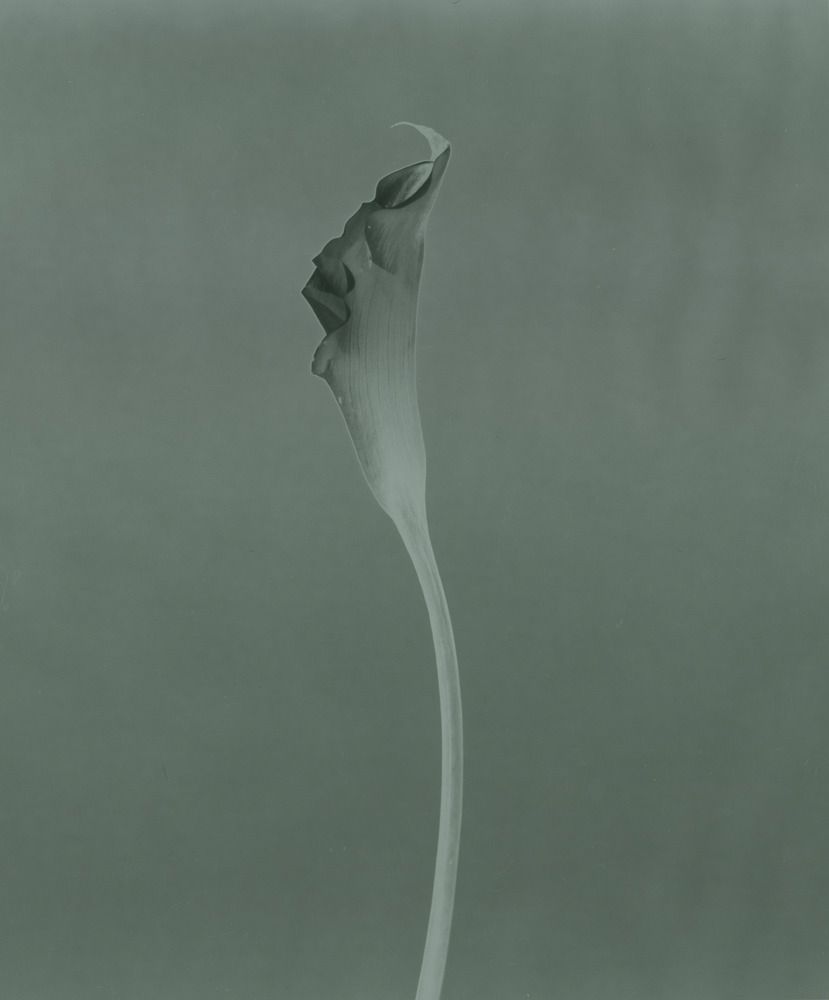
And then inverted (is PS this time).
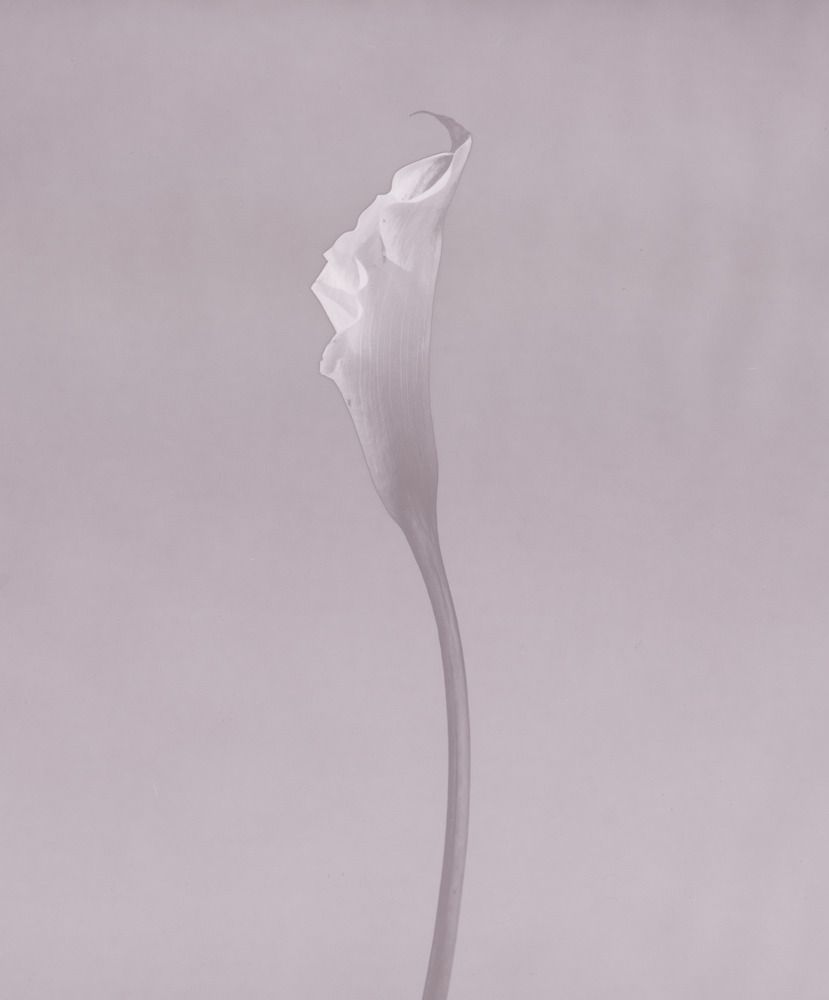
The images are taken using the DIY camera onto paper negatives. The advantage of this is that this gives a negative with very low sensitivity that allows it to be solarised without totally over-exposing the negative (modern sheet material is just too sensitive).
This is the setup used to take the image - two minutes at f/22.


The film was then transferred to the darkroom.

The negative was then developed in an open tray and part way (about 1/3 in this instance) through the process, a small flash was used to re-expose the whole negative in the tray.

After drying the negative was scanned.

And then inverted (is PS this time).

Last edited:
